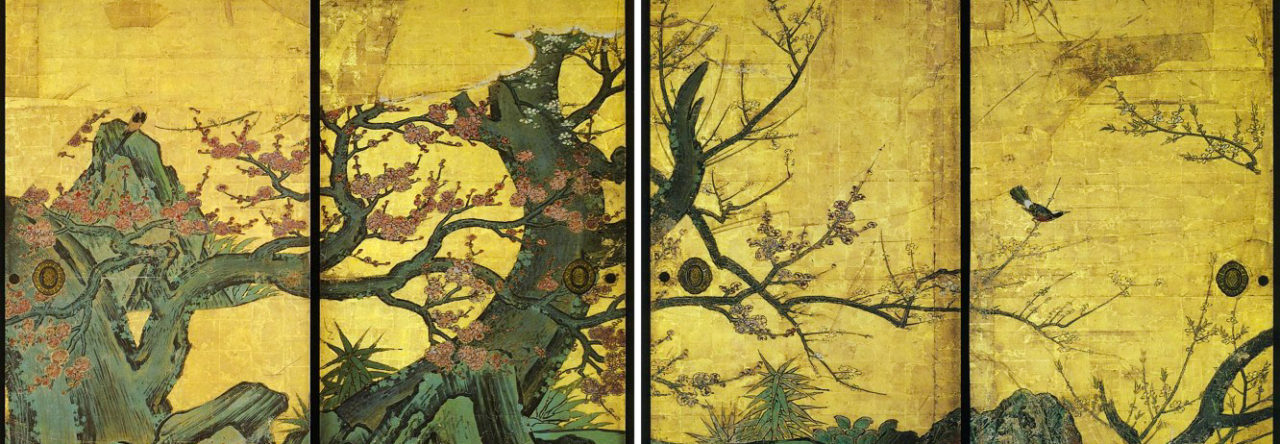
Beauty—even the beauty of a simple object, a modest flower, or a snowflake—suggests a whole world; it liberates, whereas ugliness as such imprisons; we say “as such” since compensations can always neutralize ugliness, even as beauty can lose all its prestige. Under normal conditions beauty evokes limitlessness as well as an equilibrium of concordant possibilities; in this way it reminds us of the Infinite and—in a more immediately tangible way—of the nobility and generosity flowing from the Infinite: a nobility that scorns and a generosity that gives unstintingly. There is nothing stingy about beauty as such; it contains neither agitation nor avarice nor constriction of any sort.
The archetype of beauty, or its divine model, is the superabundance and equilibrium of the divine qualities and at the same time the overflowing of the existential potentialities in pure Being; in a somewhat different sense beauty comes from divine Love, which is the will to deploy and bestow itself—to realize itself in “another”—and this is why “God created the world by love”. The result of this Love is a totality that realizes a perfect equilibrium and beatitude and therefore constitutes a manifestation of beauty—the first such manifestation, in which all others are contained; this manifestation is the creation or world, which contains ugliness in its disequilibria but which is beauty in its totality. The human soul achieves this totality only in holiness.
Schuon, Logic and Transcendence, World Wisdom, 2009.
